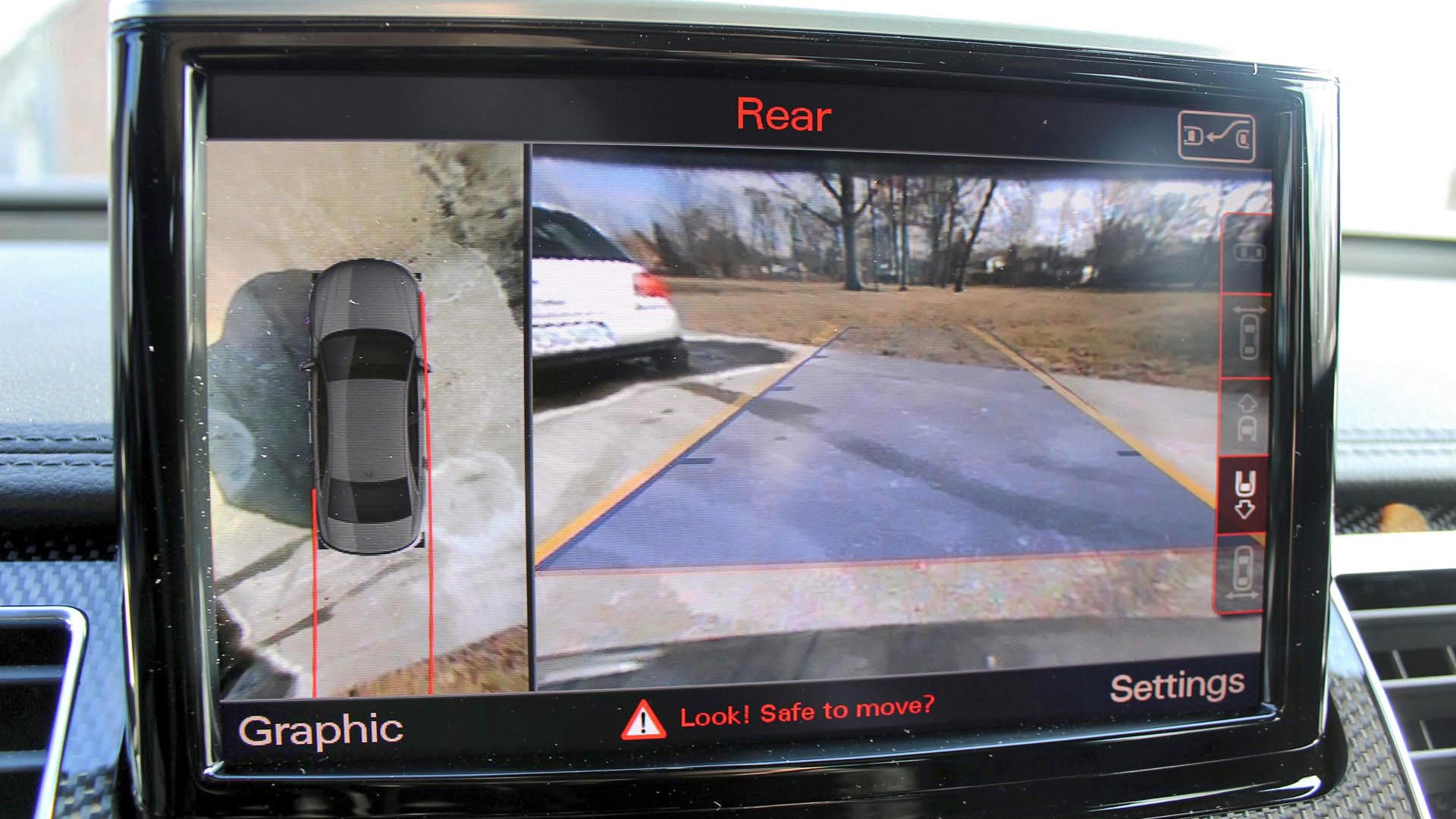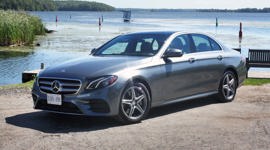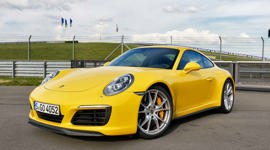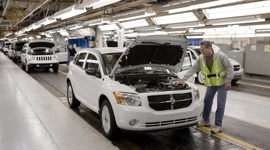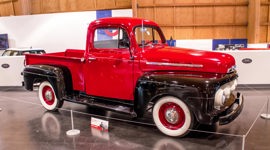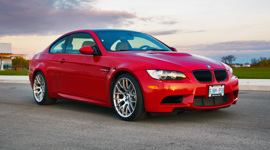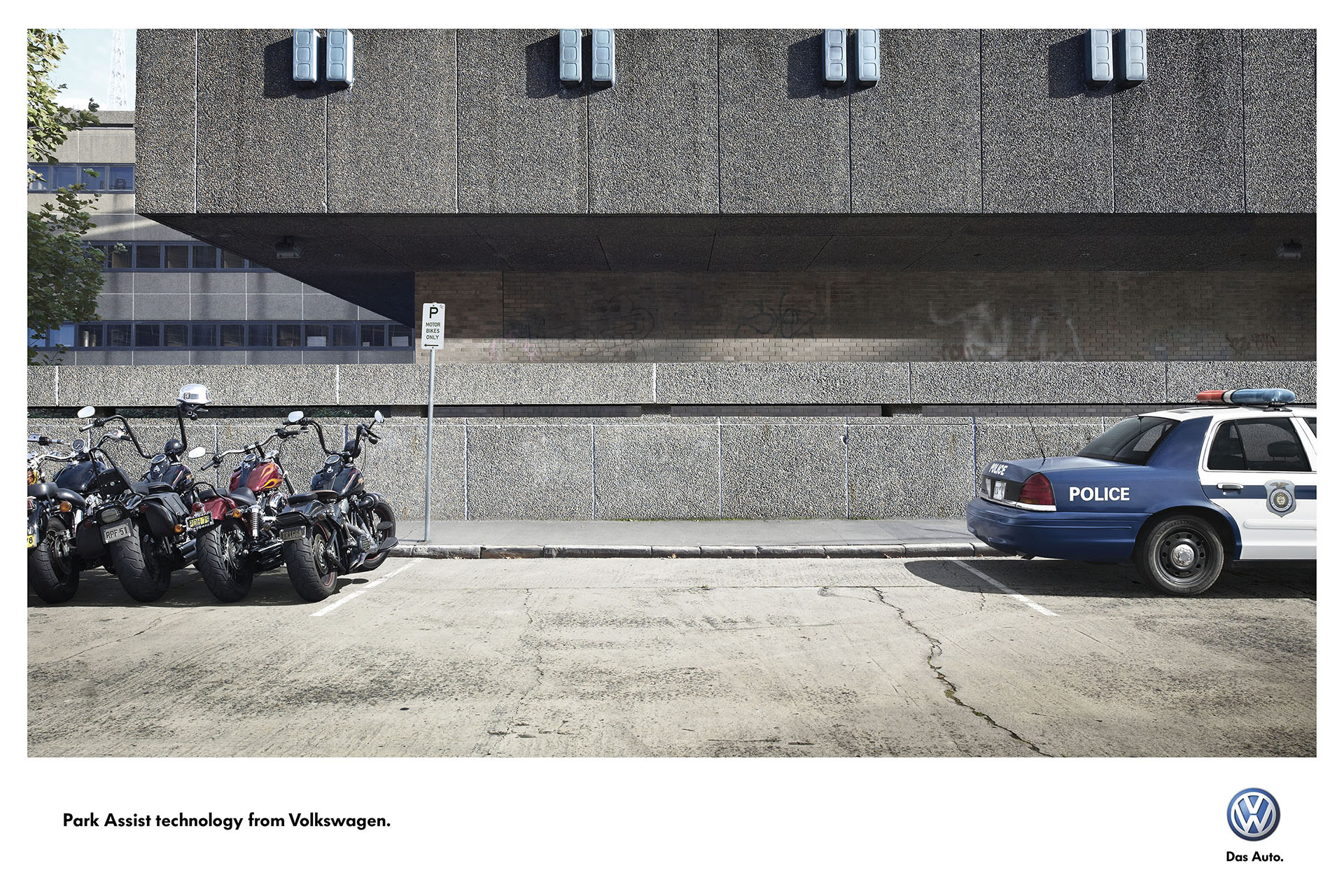 Of all the things I’m not very good at, parking a vehicle, and especially a little sports car with limited outward visibility or a great big pickup, is the most entertaining to watch if you’re standing nearby.
Of all the things I’m not very good at, parking a vehicle, and especially a little sports car with limited outward visibility or a great big pickup, is the most entertaining to watch if you’re standing nearby.
“Hey, Pritchard! Nice parking job! Aren’t you supposed to be a professional, or something?”
My friends mock me often, and vigorously, when I arrive for nightly coffee and back into my parking space, sometimes halfway over one line and on a bit of an angle.
I’ve been called many things, but professional parker isn’t one of them.
“Back-up camera is on crooked, I think,” I often reply, laughing outwardly, but feeling self-conscious inside for an hour or more.
Numerous factors at play, here. I drive a Dodge Viper between press cars, which is impossible to park properly since it’s absurdly shaped, long, wide, and has you sitting virtually on the rear wheels. Plus, I’m not a visual person and apparently, as my father said during my mid-teen driving lessons, parking is all about visualizing where you want to be, which my brain doesn’t do.
And, driving no fewer than three or four different vehicles every month means your writer never gets a comfort zone with the vehicle’s steering, size, shape or outward visibility required for confident parking. Or, by time I do, I the car in question is due to be returned.
So, over the years, I’ve come to gather a mental list of systems, features, technologies and even entire vehicles, which by various means, make parking easier for the parking-challenged masses, of which, sadly, I count myself. Of course, not all of these systems are perfect, but some are pretty darn good indeed.
Here’s a closer look.
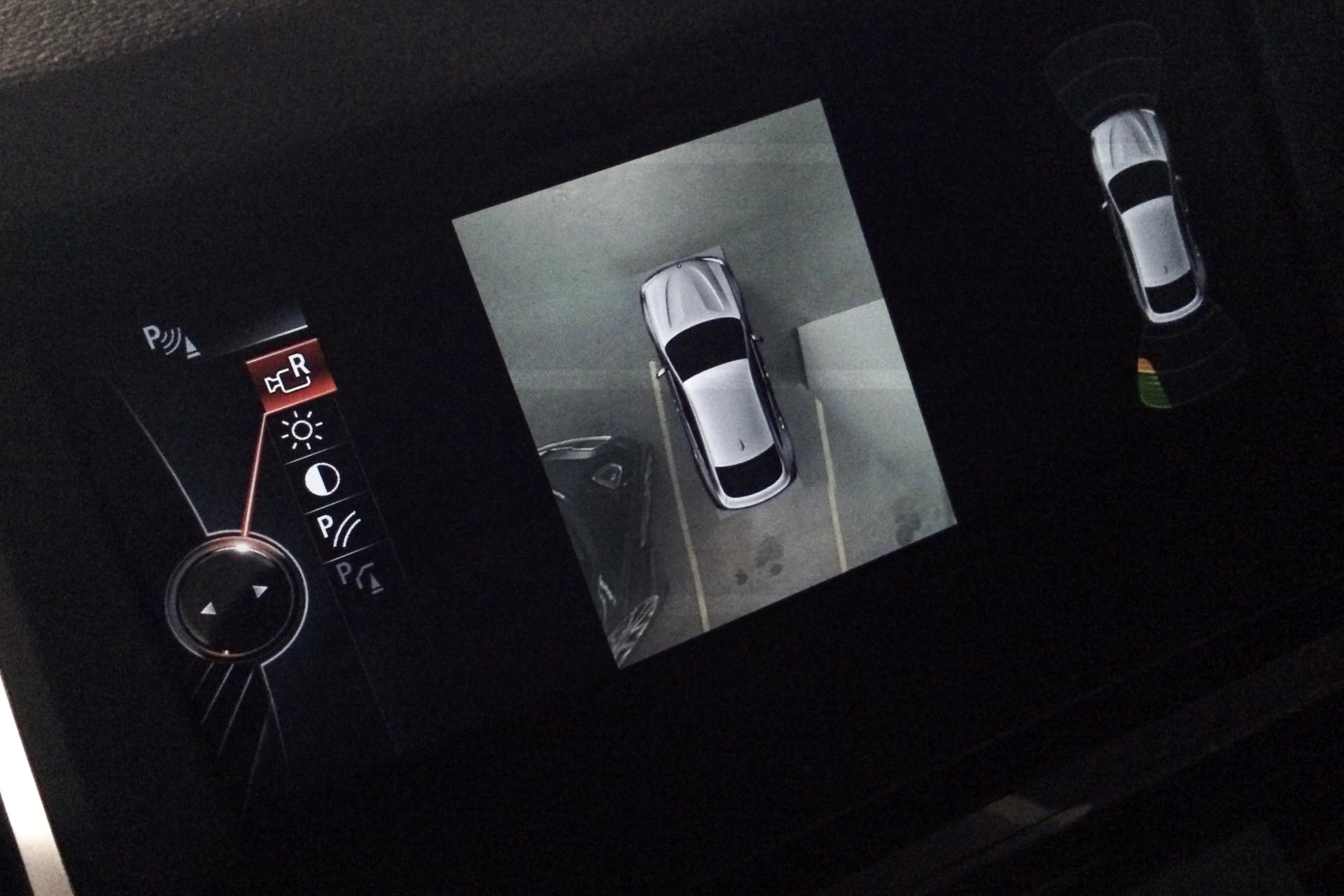
360-degree Cameras: Cameras, cameras everywhere. Infiniti launched the birds-eye view camera years ago, and now it’s popular across various automakers. Using several cameras (typically one beneath each rear-view mirror, one on the front grille, and one in the back) a computer stitches the images together and outputs the resulting picture to the central display, with an icon of the vehicle in the centre. In effect, drivers can see full circle around their vehicle on a single screen, as if they were 10 feet above their ride. This one’s extra-handy when moving about in tight spaces.
Here’s the pesky thing about cameras: they work real nice on TV commercials or when it’s nice out, but about 8 seconds into a winter highway drive, they’ll become blocked out by road spray and salt crust, rendering them useless. A little lick on your finger and wipe over each camera can help. [Or you could use a cloth or tissue… –Ed.]
Radar: You don’t need a fancy-pants, image-stitching camera system for extra parking help. Even simple radar-based systems with an audible beeper, sometimes accompanied by an on-screen diagram to reference which sensors are picking up an object, are also effective for confidence in close quarters. Beep….beep….beepbeepbeepbeepbeeepbeeeeeeep!!! When the beeping gets steady, put it in Park, and you’re done. That is, unless the steady beeping means you’ve hit something, which is possible. Be sure to know which system you have, and what its beeps mean, to avoid embarrassment and swapping of paint in the Costco parking lot.
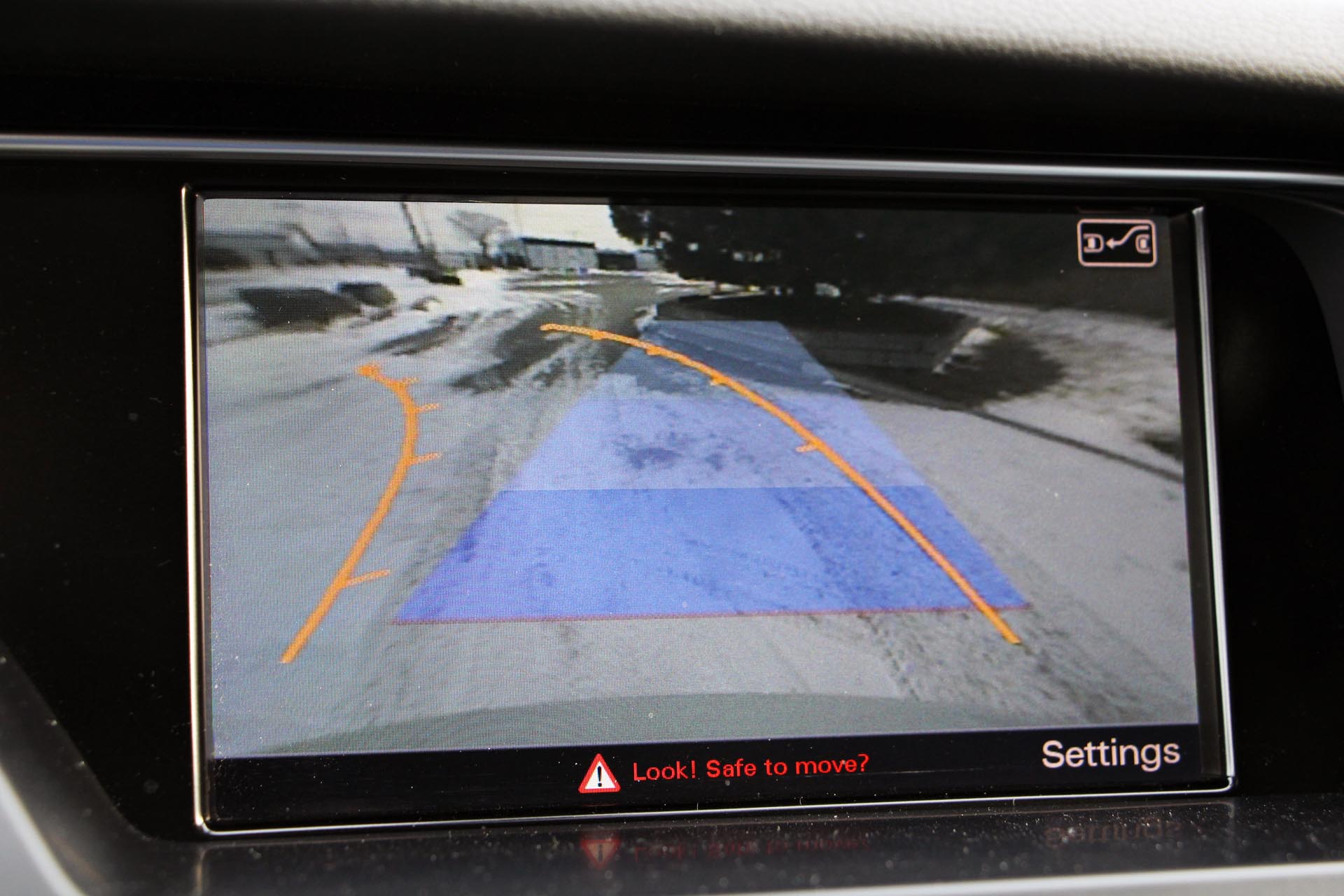
Camera with Guidelines: You’re in a rush, you have 40 minutes to crush a workout at Goodlife, and you don’t want to park around back like a sucker. Guidelines on the vehicle’s parking camera display can help you measure things up and see if you’ll fit into that space between those two bro-trucks that you’re not sure if you’ll fit into. Turn the wheel, and the on-screen lines curve as a measuring tool to show you if you’ll fit, before you try to fit, and look like a total toolbag for not fitting.
Active Park Assist: What a magnificent day and age we live in. Nowadays, your friendly neighbourhood dealership probably offers several models with this ultimate of parking systems, which parks for you. Just turn the system on, select parallel or perpendicular style parking, and use your turn signal to tell it what side of the car you’re browsing for spaces on.
Sensors precisely measure cars, curbs and parking spaces nearby as you pass them, and an alert sounds to tell you a space has been found. Interestingly, to enhance precision, the system compensates for outside temperature, which affects the timing of the radar waves returning with information to the sensors.
Follow the on-screen instructions and work the gear selector and brake pedal to control your ride’s direction and speed, but don’t touch the steering. It does that for you, which is wicked-awesome and sure to freak out your mom. A neat touch, but bear in mind that dialling the system into the mode you want and waiting for on-screen instructions can slow parking down. Plus, I’ve yet to find a vehicle that doesn’t screw up its calculations at least once in a while, trying to park you inside of a nearby Optima, or on top of a fire hydrant. So use this one with careful caution.
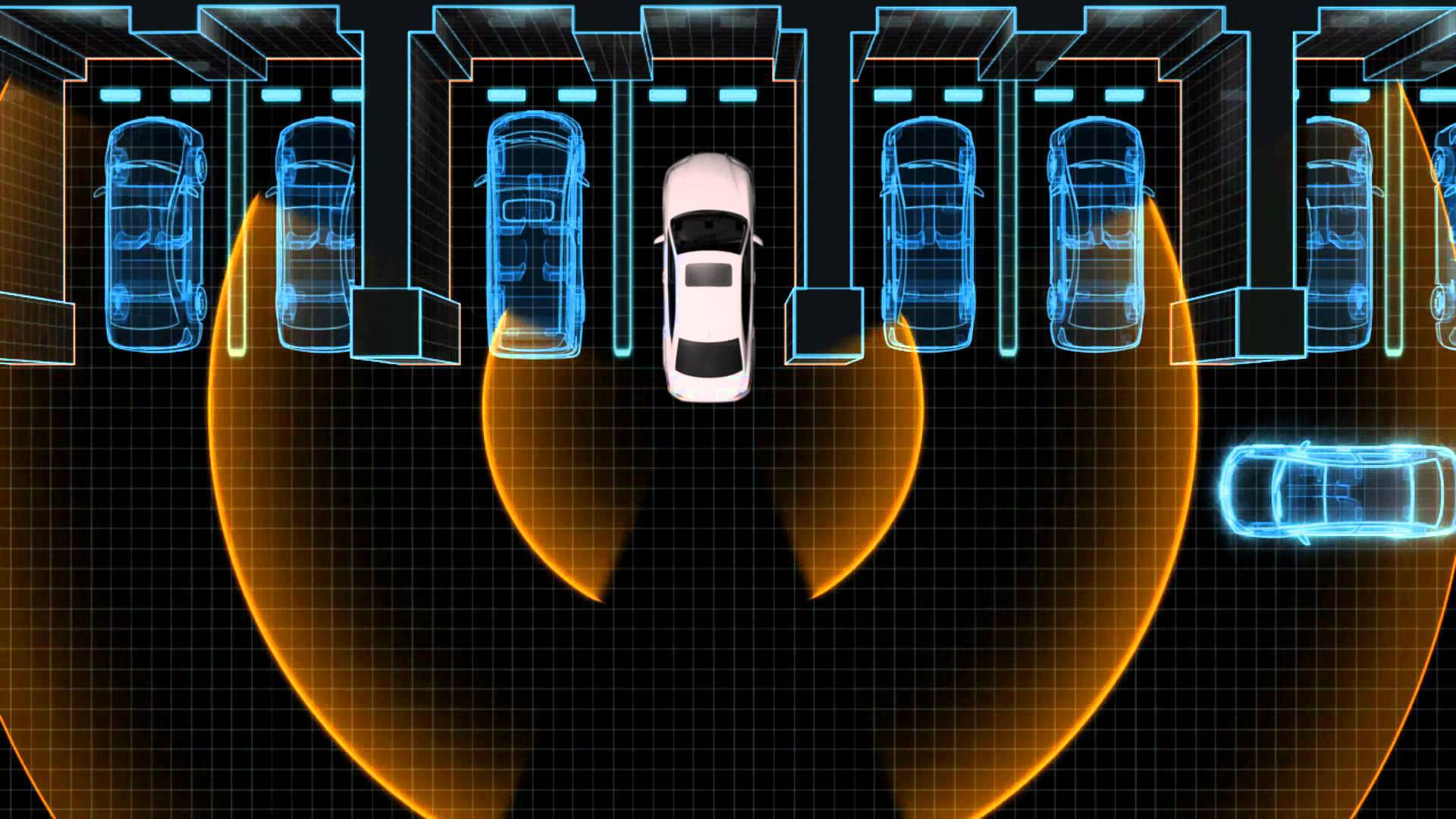
Moving Object Detection: Stupid, pesky texty-walkers, always getting up in my business when I’m trying to back out of my space. Sometimes, no amount of technology, be it radar, cameras and/or sensors, can prevent a sneak-attack from a teenager on his cell phone as you’re backing up. So, another technology called Moving Object Detection was introduced, which automatically applies the brakes if something walks, rolls or texts its way into your path while you’re reversing.
This system works well – if the camera is clean and has a clear view. Hell, sometimes it works too well – activating if it sees a blast of snow, or a water droplet running down the lens, and rendering your ride paralyzed for a moment while you’re trying to back into the driveway.
Trailer Parking Assist: Science and math have allowed mankind to explore the surface of Mars and make great advancements in medical science – and the folks at Land Rover have also used it to solve one of mankind’s oldest and deepest mysteries: how to back up to a trailer when you’re by yourself.
Using information from the Evoque’s backup camera, the high-society self-parking radar system, and stored information on your trailer, the system back you up perfectly, every time. Basically, you use icons on the on-screen camera display, punch in some measurements relating to the trailer (the type of trailer, hitch length and so on). Then, it helps back you up, perfectly, every time. Forget readjusting your position 871 times to get that trailer lined up or having to buy your greedy spotter a coffee.
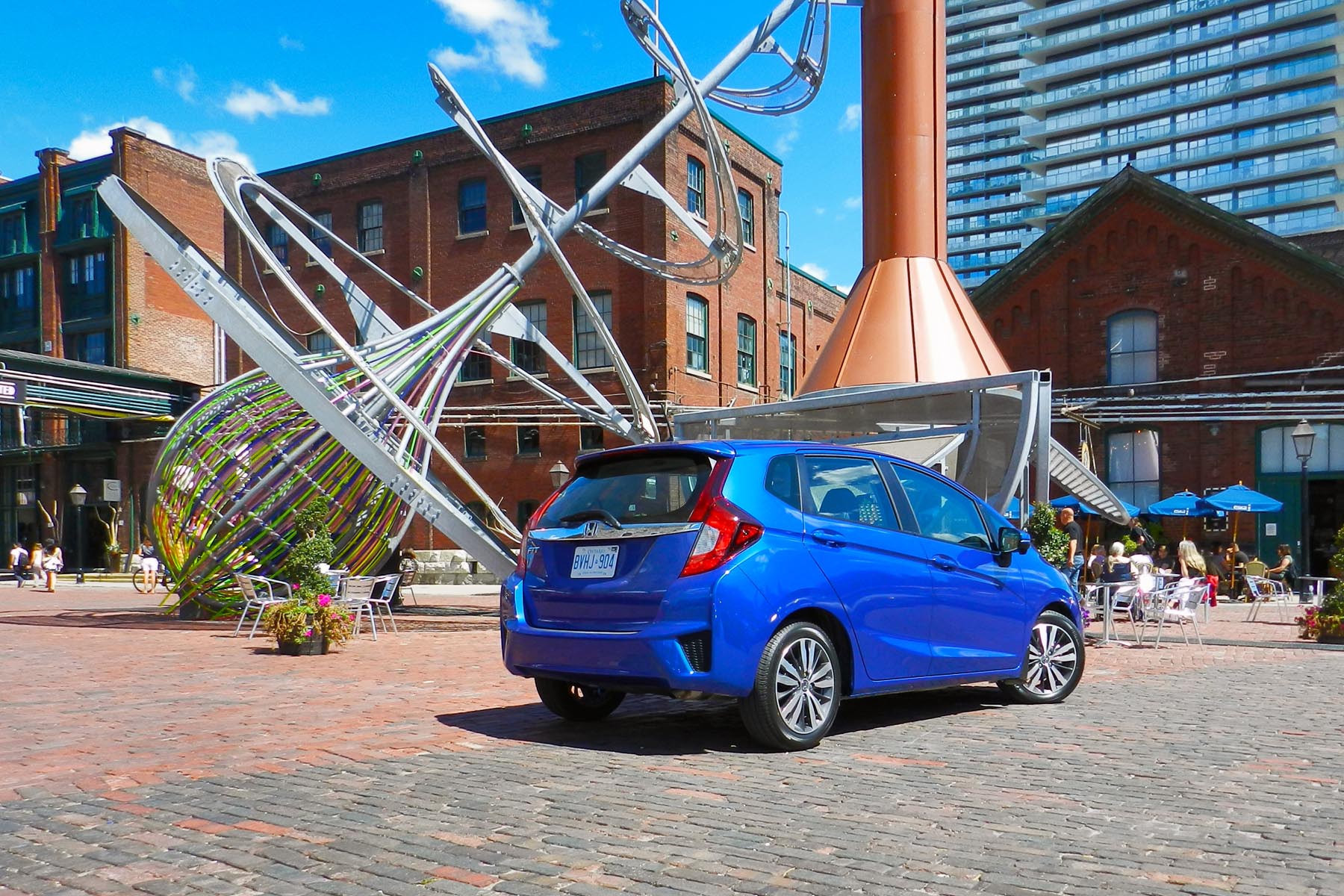
Rear Cross-Traffic Alert: All of the cameras and radar sensors in the known universe can’t convince many drivers to back into their parking space after driving past it to make sure it’s clear, and for them, there’s Rear Cross-Traffic Alert. Using the same radar that powers the blind-spot monitoring, this one uses the sensors to look down the laneway or road you’re backing into while in reverse, and can alert you if there’s a vehicle (or pedestrian) approaching that you can’t see, and which way it’s coming from, so you can chillax a second and wait for the way to clear.
Your writer, who also doesn’t always back into his driveway, loves this feature from the depths of his soul: I live on a largely blind corner on a busy street, and in winter, Rear Cross-Traffic Alert keeps me from playing T-Bone roulette as I back out from behind my monster snowbanks.
Manual Visibility: Big-ass windows: the original parking assist system. They provide something that’s becoming rare these days: manual visibility. That is, the sort of visibility you see with your own actual face-mounted eyeballs. Windows that are big and tall, combined with thin window pillars, work in many rides to turn in great outward visibility, often negating the need for electronic enhancement of parking situation awareness. Some standout rides that offer great manual visibility include the Honda Fit, Mercedes-Benz GLK-Class, Subaru Forester and Ford F-150.
